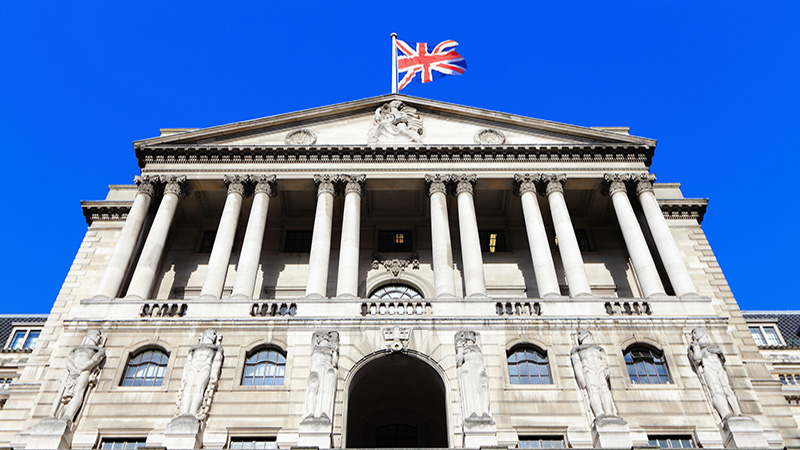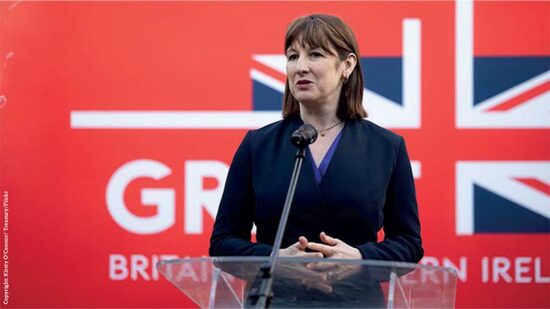The UK Consumer Price Index reported a 2% rise for the year to May, hitting the Bank of England’s target rate.
The figure has fell from an apex of 11% in 2022, amid Covid-19 and the Russia and Ukraine war. Markets have eyed the falling inflation figure as they price in possible rate cuts from the Bank of England this year. Interest rates have been held at 5.25% since last summer, but the BoE is set to deliver another interest rate decision on 20 June.
However, Zara Nokes, global market analyst at JP Morgan Asset Management, said today’s inflation reading does not mean rate cuts are in the picture for tomorrow’s assessment.
“Inflation may be back at 2% but it might not be there for long. Today’s inflation news puts the final nail in the coffin for any hopes of a rate cut from the Bank of England tomorrow.
“After a string of upside surprises in the recent wage growth and inflation data, today’s print shows that, once again, services inflation is still running too hot. Services inflation came in at 5.7% year on year, significantly above the Bank of England’s latest projection of 5.3%.
“If this stickiness in domestic price pressures continues, alongside ongoing resilience in economic activity, an August rate cut could well be off the table too.”
See more: Will a rate cut reignite Europe’s markets?
Lindsay James, investment strategist at Quilter Investors, agreed that a rate cut in June does not seem to be on the horizon, as wage inflation stays sticky.
“This is not necessarily job done and victory declared for the Bank of England,” she said. “The cost of living crisis persists and with wage inflation beginning to slow and prices in many areas of the economy still increasing faster than the headline rate, many won’t feel better off purely because inflation has hit 2%.
“This milestone being reached also does not mean a rate cut is coming tomorrow – much to the chagrin of the Conservative party. Sticky core inflation, which strips out volatile food and energy prices, seems likely to continue giving the BoE pause for thought.
“As such, the tail end of the summer, by which time wage inflation looks likely to further ease, seems far more likely timing for the first rate cut and the beginning of some relief for consumers and businesses.”
See more: Robeco multi-asset team bolsters European equities allocation
While the European Central Bank made its first rate cut in five years on 6 June to 3.75%, the US Federal Reserve has opted to maintain its rates so far this year as inflation stays sticky.
Rachel Winter, partner and investment manager at Killik & Co, said: “Despite the Bank of Canada and the ECB having kicked off the rate-cutting season, the BoE is still likely to follow a similar gameplan to the Fed across the pond, taking a wait-and-see approach on employment and the summer slowdown before taking its first shot.
“The Euros might bring optimism back to the UK this summer, but we’ll have to wait and see if that optimism filters through to the Bank of England. The bank will also be considering the impact of the next Budget in the Autumn, which will likely be set by a new government.”
This story was written by our sister title, Portfolio Adviser








